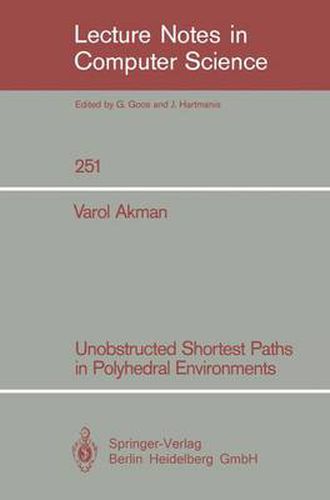Readings Newsletter
Become a Readings Member to make your shopping experience even easier.
Sign in or sign up for free!
You’re not far away from qualifying for FREE standard shipping within Australia
You’ve qualified for FREE standard shipping within Australia
The cart is loading…






This title is printed to order. This book may have been self-published. If so, we cannot guarantee the quality of the content. In the main most books will have gone through the editing process however some may not. We therefore suggest that you be aware of this before ordering this book. If in doubt check either the author or publisher’s details as we are unable to accept any returns unless they are faulty. Please contact us if you have any questions.
Presents algebraic and geometric algorithms to deal with a specific problem, which frequently occurs in model-based robotics systems and is of utmost importance in calibrating the complexity of robotics tasks in general. The algorithms are based on several ideas from areas such as elimination theory, optimization, polyhedral theory and Voronoi diagrams. The algorithms were also implemented in a Lisp in a workbench to allow experimentation with shortest path problems.
$9.00 standard shipping within Australia
FREE standard shipping within Australia for orders over $100.00
Express & International shipping calculated at checkout
This title is printed to order. This book may have been self-published. If so, we cannot guarantee the quality of the content. In the main most books will have gone through the editing process however some may not. We therefore suggest that you be aware of this before ordering this book. If in doubt check either the author or publisher’s details as we are unable to accept any returns unless they are faulty. Please contact us if you have any questions.
Presents algebraic and geometric algorithms to deal with a specific problem, which frequently occurs in model-based robotics systems and is of utmost importance in calibrating the complexity of robotics tasks in general. The algorithms are based on several ideas from areas such as elimination theory, optimization, polyhedral theory and Voronoi diagrams. The algorithms were also implemented in a Lisp in a workbench to allow experimentation with shortest path problems.